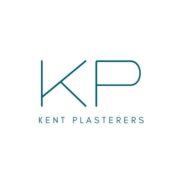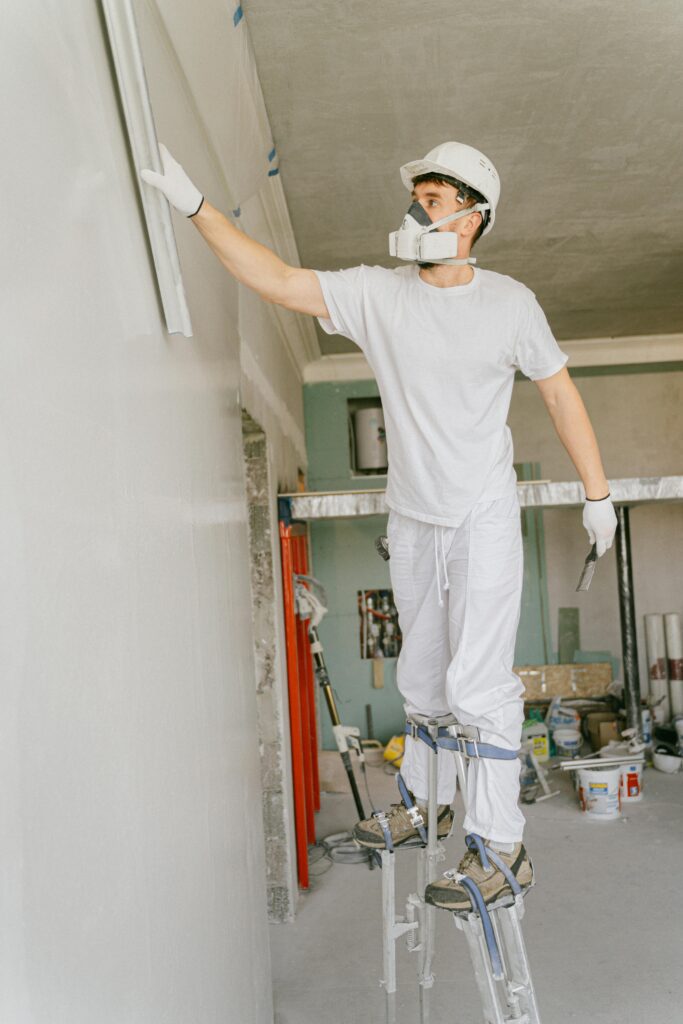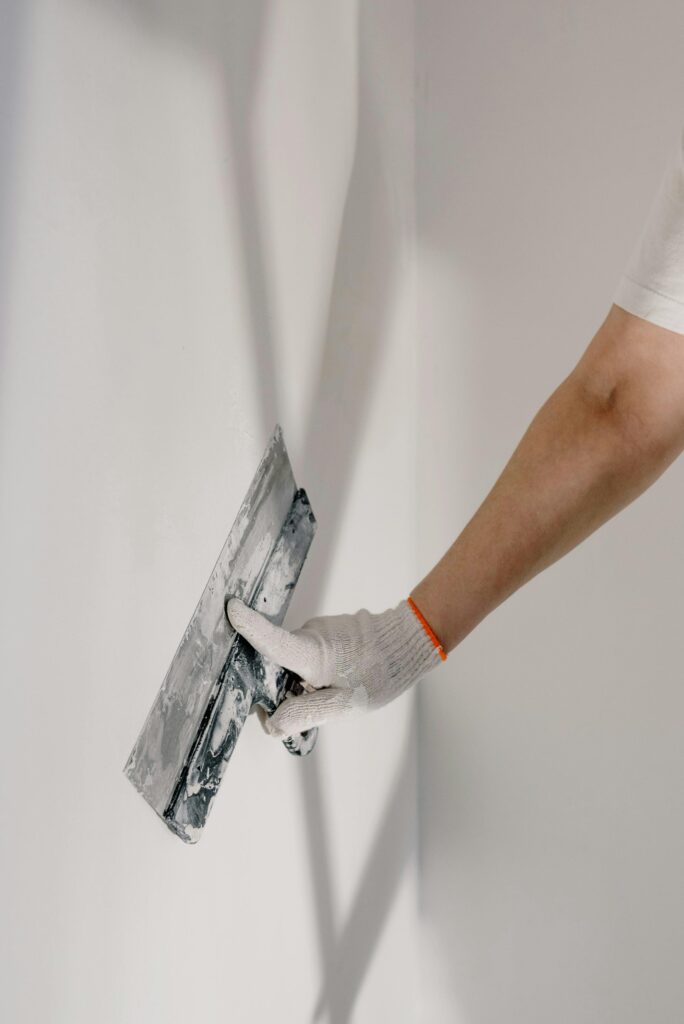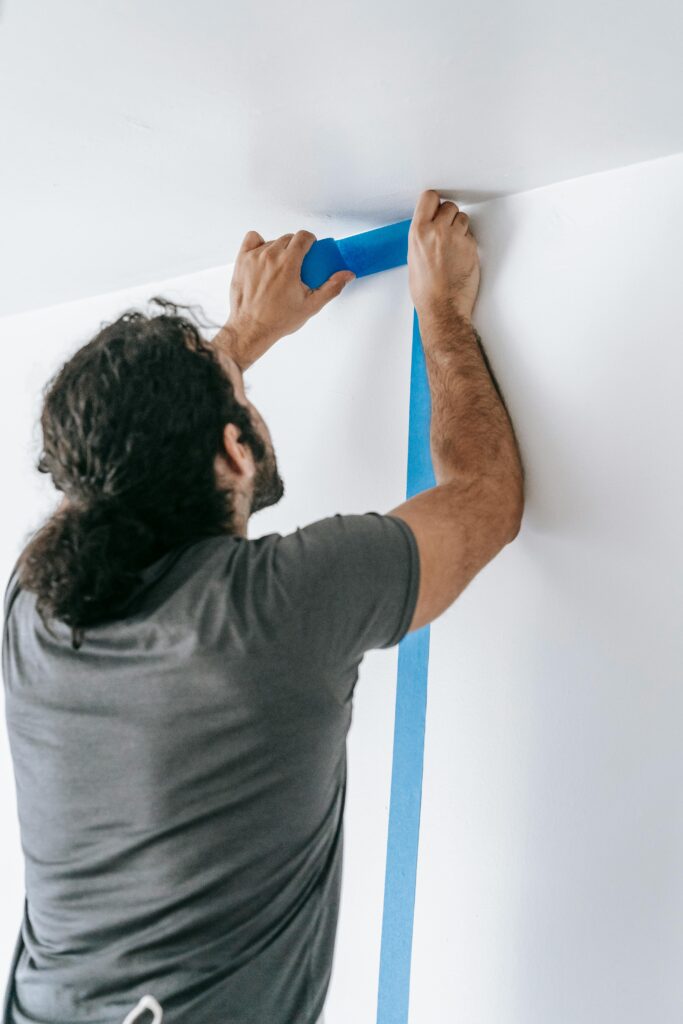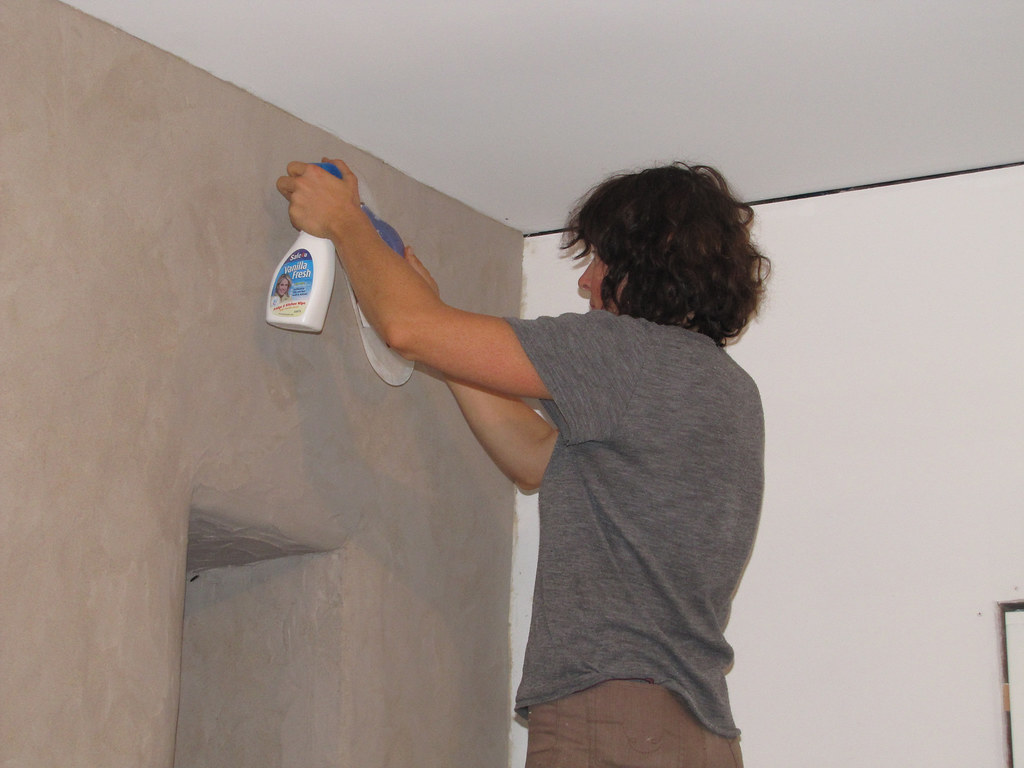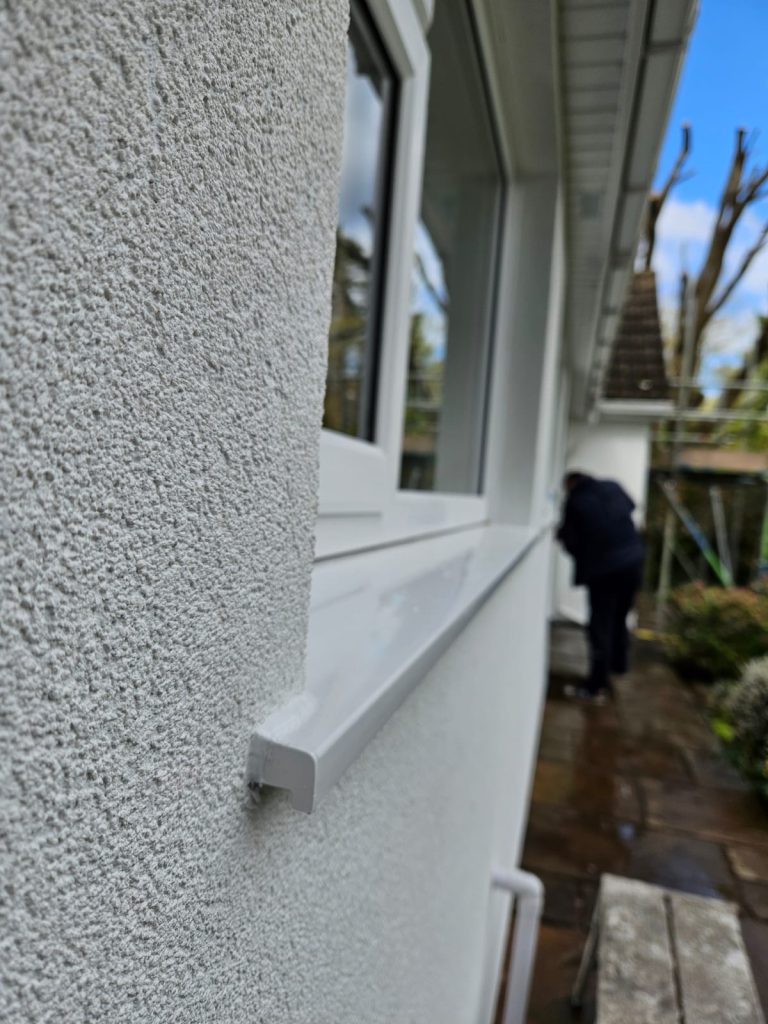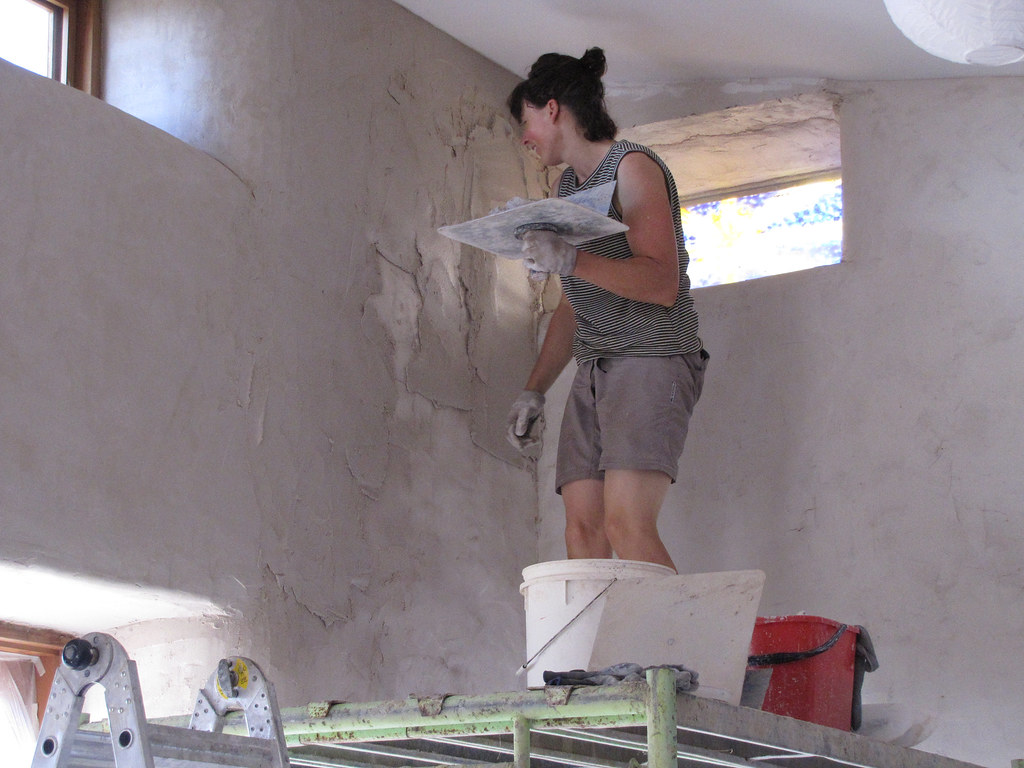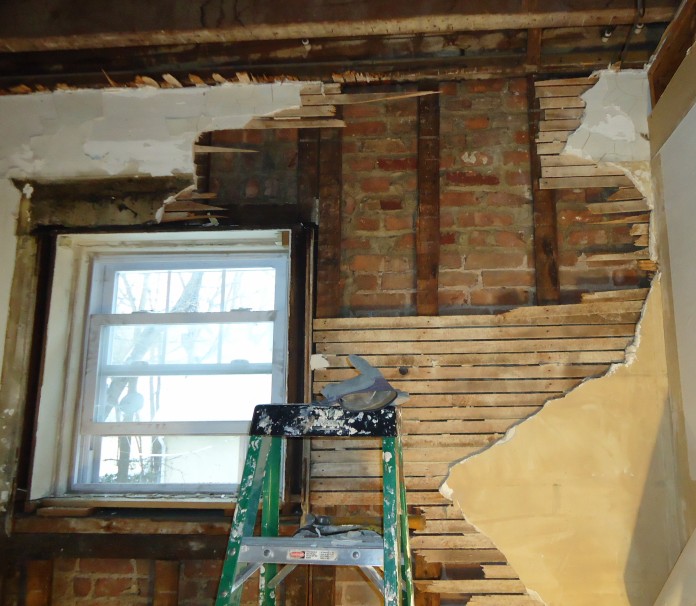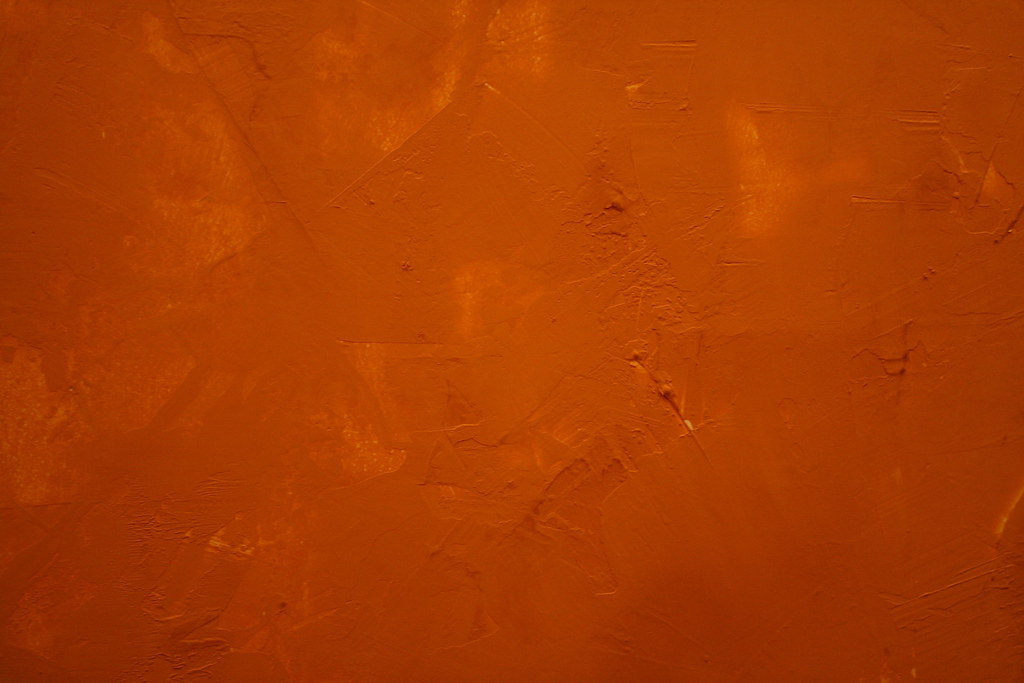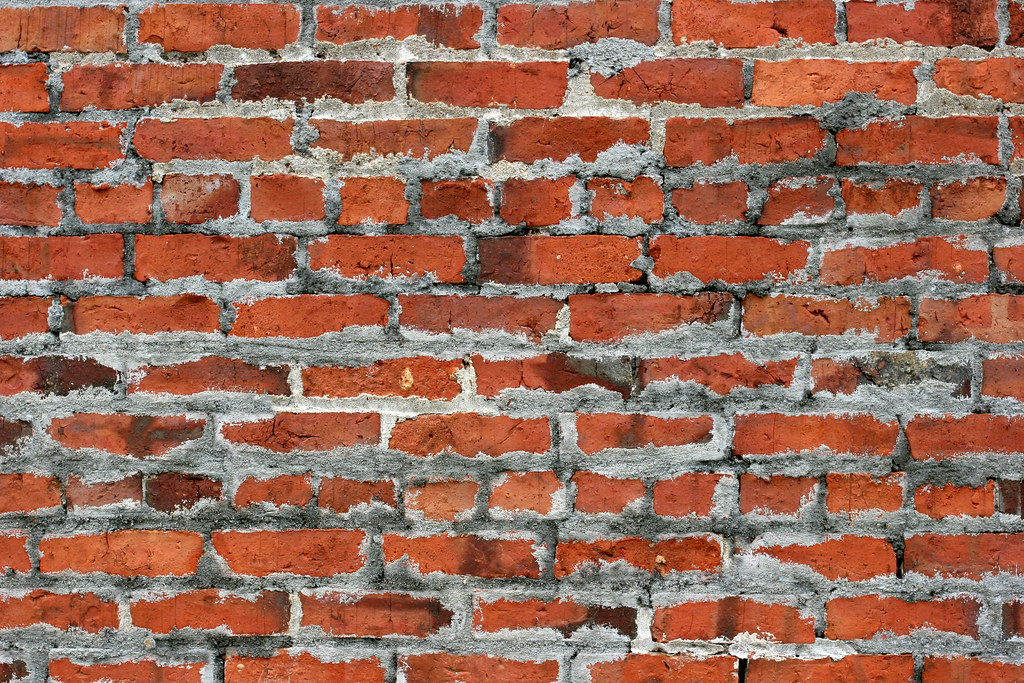Ultimate UK リフォーム Guide: Modern Home Renovation Secrets Revealed
Transform your British home with expert リフォーム techniques that blend Japanese precision with UK craftsmanship The Evolution of British Home Renovation The UK home renovation landscape has undergone a remarkable transformation in recent years, with a fascinating convergence of traditional British craftsmanship and Japanese-inspired リフォーム methodologies. This evolution reflects a broader shift in how Britons approach home improvements, with 73% of UK homeowners now incorporating international design elements into their renovation projects. The marriage of British architectural heritage with Japanese precision has created a unique approach to home renovation that prioritises both functionality and aesthetic appeal. Traditional British homes, known for their character and durability, are being reimagined through the lens of Japanese minimalism and attention to detail, resulting in spaces that are both timeless and contemporary. Essential Planning and Preparation Successful home renovation in the UK requires meticulous planning and adherence to local regulations. Before embarking on your リフォーム journey, consider these crucial elements: Obtain necessary planning permissions and building regulations approval Secure a detailed survey of your property’s current condition Create a comprehensive budget with a 20% contingency fund Research and select certified contractors with experience in Japanese-inspired renovation techniques Develop a realistic timeline accounting for potential delays According to recent data, 65% of renovation projects exceed their initial budget due to poor planning. Working with experienced professionals who understand both British building standards and Japanese リフォーム principles can help mitigate these risks. Modern Materials and Techniques The integration of cutting-edge materials with traditional British construction methods has revolutionised the renovation sector. Contemporary UK renovations increasingly incorporate sustainable materials and energy-efficient solutions, with 82% of homeowners prioritising eco-friendly options. Popular choices include: Sustainable timber from FSC-certified sources High-performance insulation materials Energy-efficient glazing systems Smart heating and cooling solutions Eco-friendly plaster and paint alternatives Room-by-Room Renovation Guide Kitchen Transformations Modern British kitchens are embracing the リフォーム philosophy of efficient space utilisation and minimalist design. Key trends include handleless cabinetry, integrated appliances, and multifunctional islands. Statistics show that kitchen renovations offer an average 85% return on investment in the UK market. Bathroom Innovations Contemporary bathroom renovations focus on creating spa-like experiences while maximising space efficiency. Popular features include wetroom designs, smart toilets, and water-saving fixtures. British homeowners are increasingly adopting Japanese-inspired elements such as freestanding soaking tubs and intelligent shower systems. Living Space Modernization Open-plan living continues to dominate UK home design, with 78% of renovation projects including some form of wall removal. The challenge lies in maintaining structural integrity while creating fluid, multi-functional spaces that respect both British architectural traditions and Japanese design principles. Smart Home Integration The integration of smart technology into British homes requires careful consideration of both functionality and aesthetics. Modern リフォーム projects increasingly incorporate: Intelligent lighting systems Smart heating controls Security and access control systems Home automation hubs Energy monitoring solutions Finishing Touches Professional plastering and surface treatments are crucial elements in achieving a flawless renovation result. Expert plasterers in Kent and across the UK are adapting traditional techniques to accommodate modern materials and finishes. Key considerations include: Selection of appropriate plaster types for different areas Surface preparation and priming Application techniques for smooth finishes Decorative plastering options Proper curing and finishing procedures Cost Considerations and Value Addition Understanding the financial implications of your リフォーム project is crucial. Current market data indicates that comprehensive home renovations in the UK average £40,000-£80,000, with regional variations. Key financial considerations include: Material costs and availability Labour rates and specialist fees Potential return on investment Insurance and warranty coverage Long-term maintenance costs Expert Tips and Professional Insights Industry professionals emphasise the importance of balancing aesthetics with practicality. Common recommendations include: Working with experienced contractors who understand both British and Japanese renovation techniques Maintaining clear communication throughout the project Documenting all changes and agreements Following proper maintenance schedules Investing in quality materials and workmanship Maintenance and Care Protecting your renovation investment requires ongoing attention and care. Develop a maintenance schedule that includes regular inspections, prompt repairs, and periodic updates to keep your home in optimal condition. Professional maintenance can extend the life of your renovation and preserve its value. Conclusion: Creating Your Perfect Modern British Home Successful リフォーム projects in the UK require a careful balance of traditional craftsmanship, modern technology, and Japanese-inspired precision. By following these guidelines and working with experienced professionals, you can create a home that combines the best of British architectural heritage with contemporary design and functionality. Remember that the key to a successful renovation lies in thorough planning, quality execution, and ongoing maintenance. Sources [1] https://en.wikipedia.org/wiki/Reform_UK [2] https://ja.wikipedia.org/wiki/%E3%83%AA%E3%83%95%E3%82%A9%E3%83%BC%E3%83%A0UK [3] https://www.jetro.go.jp/biznews/2024/06/e816886214131ad6.html
Ultimate UK リフォーム Guide: Modern Home Renovation Secrets Revealed Read More »
